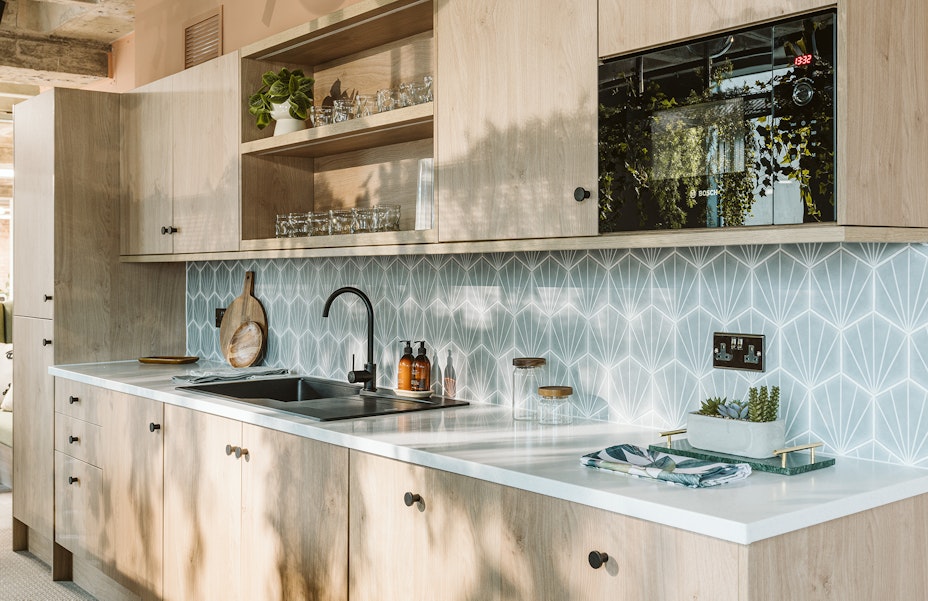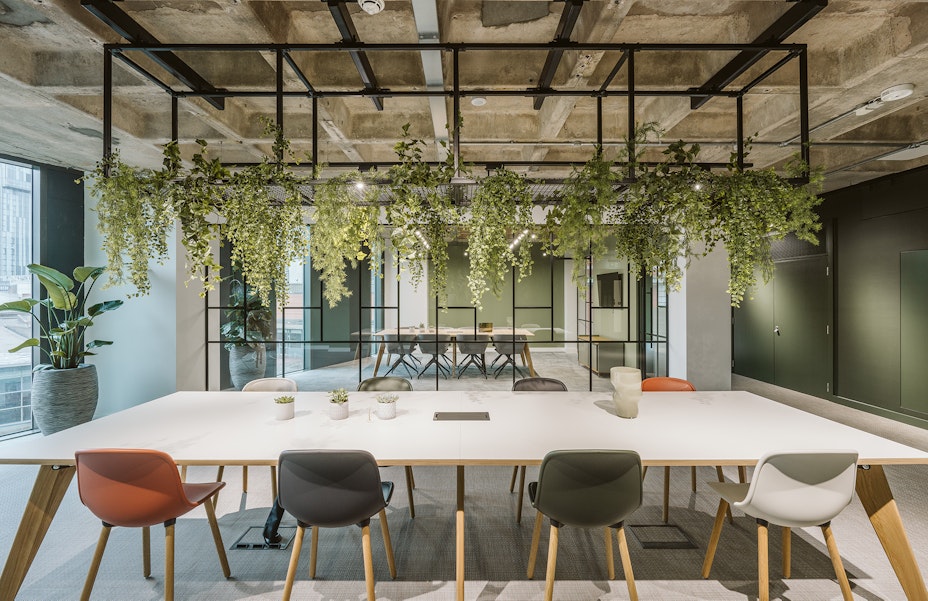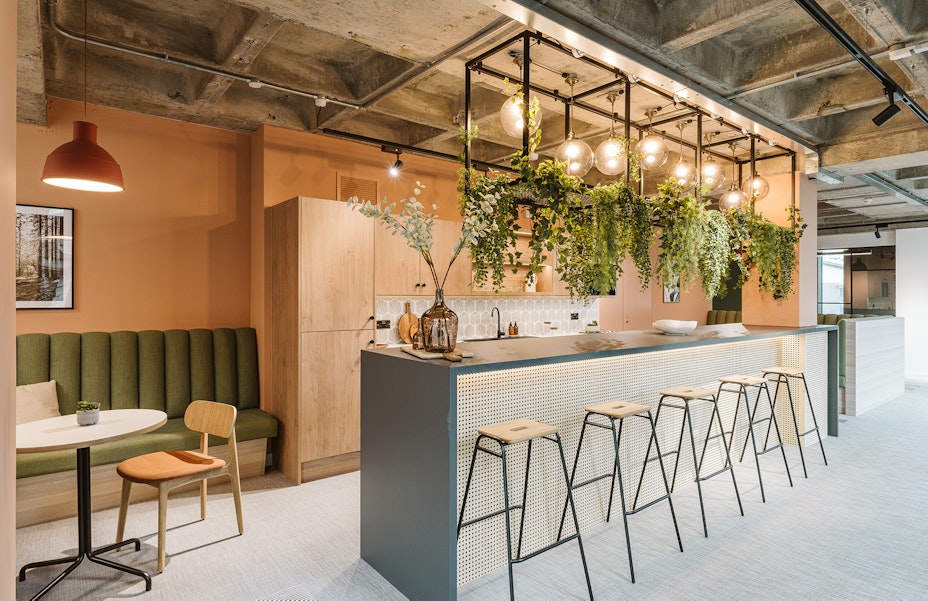
Our Head of Sustainability, Lyndsay Blue shares her thoughts on sustainable design and circular practices within the property industry, on World Earth Day 2025.
At Thirdway, sustainability is embedded in everything we do, every single day. While World Earth Day serves as a moment of reflection, for us, it’s business as usual. We’re always thinking about how to reduce our environmental impact and integrate circular economy principles into our projects.
As the property industry strives to show its sustainability credentials, the circular economy has become a buzzword. Recycled flooring, plastic bottles re-imagined into new materials, bio-based products… the language of green innovation is everywhere. But beneath the surface, there is a concerning truth: in our eagerness to do the right thing, we may be fuelling a cycle of over-consumption, not solving it.
Too often, recycled products are seen as a green light for replacement. Functional interiors are swapped for newer ‘eco-friendly’ alternatives, driven by trends, changing needs, or ESG checklists. But this results in significant embodied carbon emissions and material waste - ironically, under the banner of sustainability.
This is the circular economy trap. Recycling doesn’t automatically make a material sustainable. It’s the lifecycle that matters. A truly circular approach prioritises longevity, adaptability, and reuse, yet these principles are often overlooked in favour of marketing-driven gestures.
At Thirdway, we’ve seen the value of rethinking reuse. In our fit-out for Buzzacott, we used mostly re-used furniture already owned by the client. By adapting these items to fit the new design, we reduced waste and avoided the need for new materials. We also diverted 100% of waste from landfill, proving that sustainability doesn’t require compromise, just thoughtful action.
At Windmill Green in Manchester, pre-owned items from charity shops were given a second life, reducing waste and adding character. We’ve even repurposed ceiling rafts salvaged from other sites with great success, benefiting both the environment and the budget.

Windmill Green - All styling items were purchased from charity shops

Windmill Green - All styling items were purchased from charity shops
We need to rethink what ‘green’ really means. For landlords, tenants, and designers, the most sustainable choice is often the one that involves the least intervention. Before replacing, we need to ask: ‘Can this space be adapted instead? Can materials be reused or reconfigured? Can we design for future tenant needs from day 1?’
Flexibility is key. Too many fit-outs are designed for short-term occupation - built to impress, not last. Fixed walls, bespoke joinery, and rigid layouts mean that when the occupier moves on, so does the interior, sent to landfill or low-grade recycling. The smarter approach is to build for movement, using modular elements and standardised fittings, designing with demountability in mind.

Office’s should be more than just four walls, a ceiling, and some desk space.
With each and every project we redefine what make’s the workplace experience.
This website uses cookies
We use cookies to analyse the use of this website. For more information, see our Cookie Policy